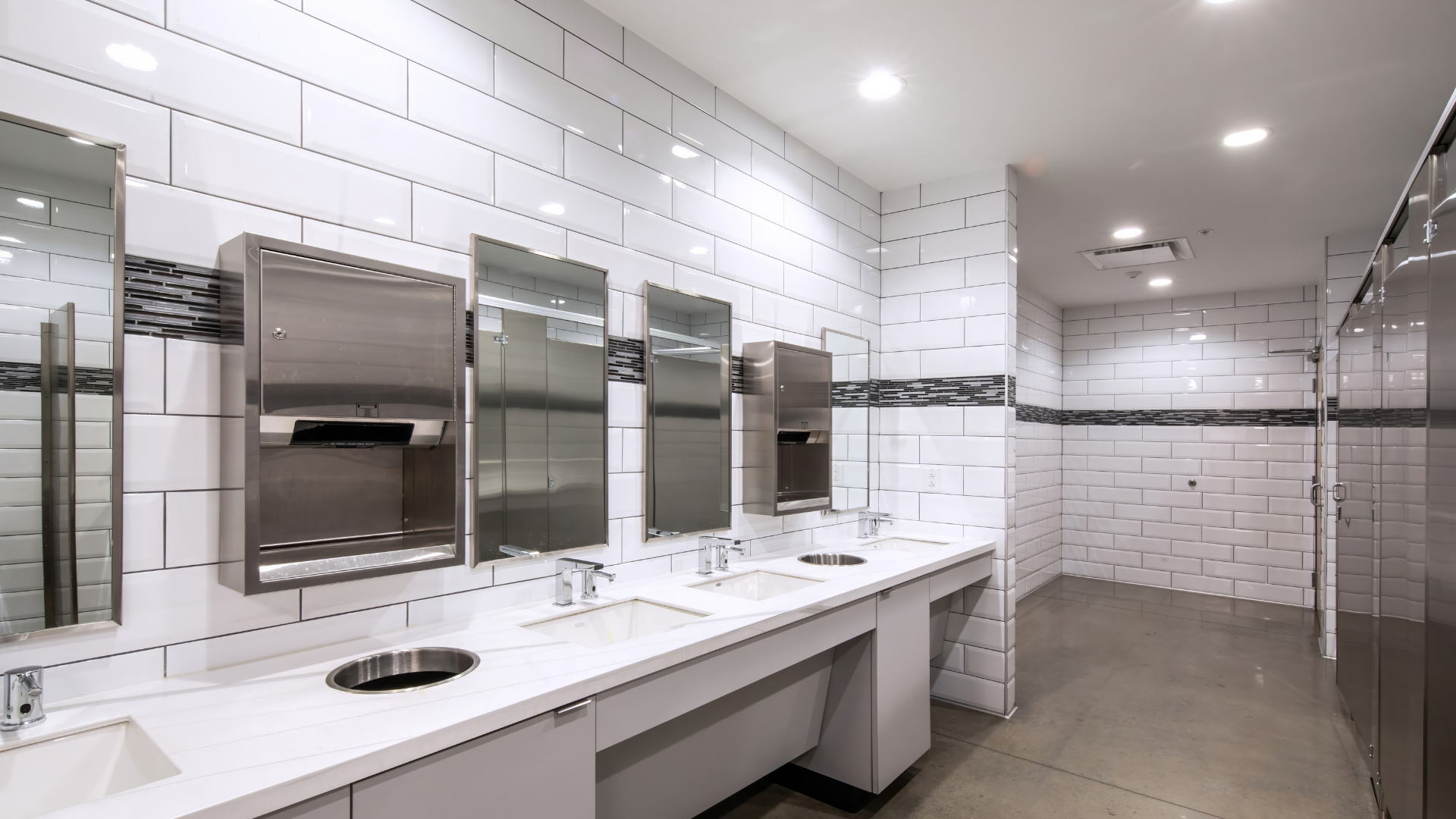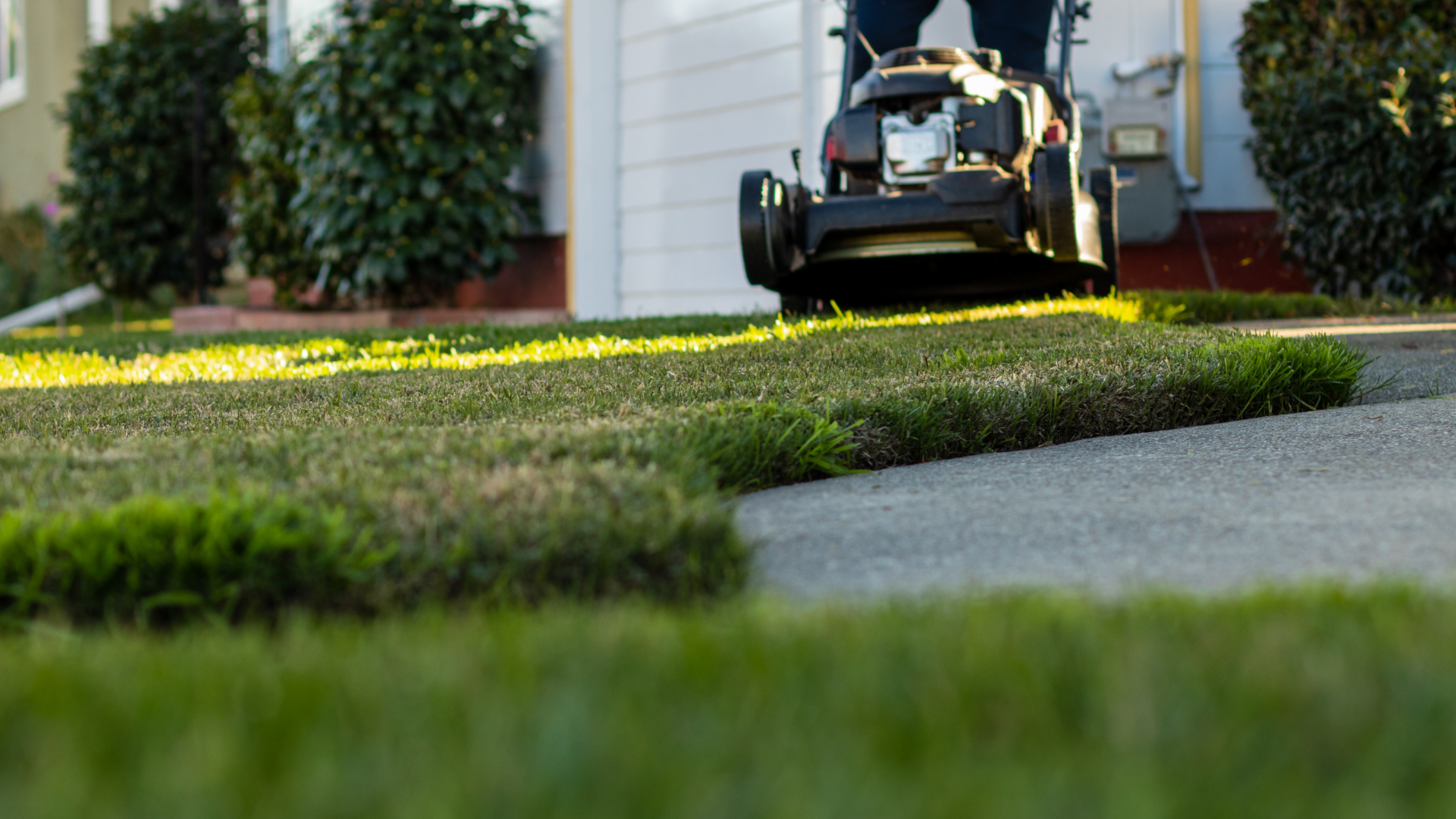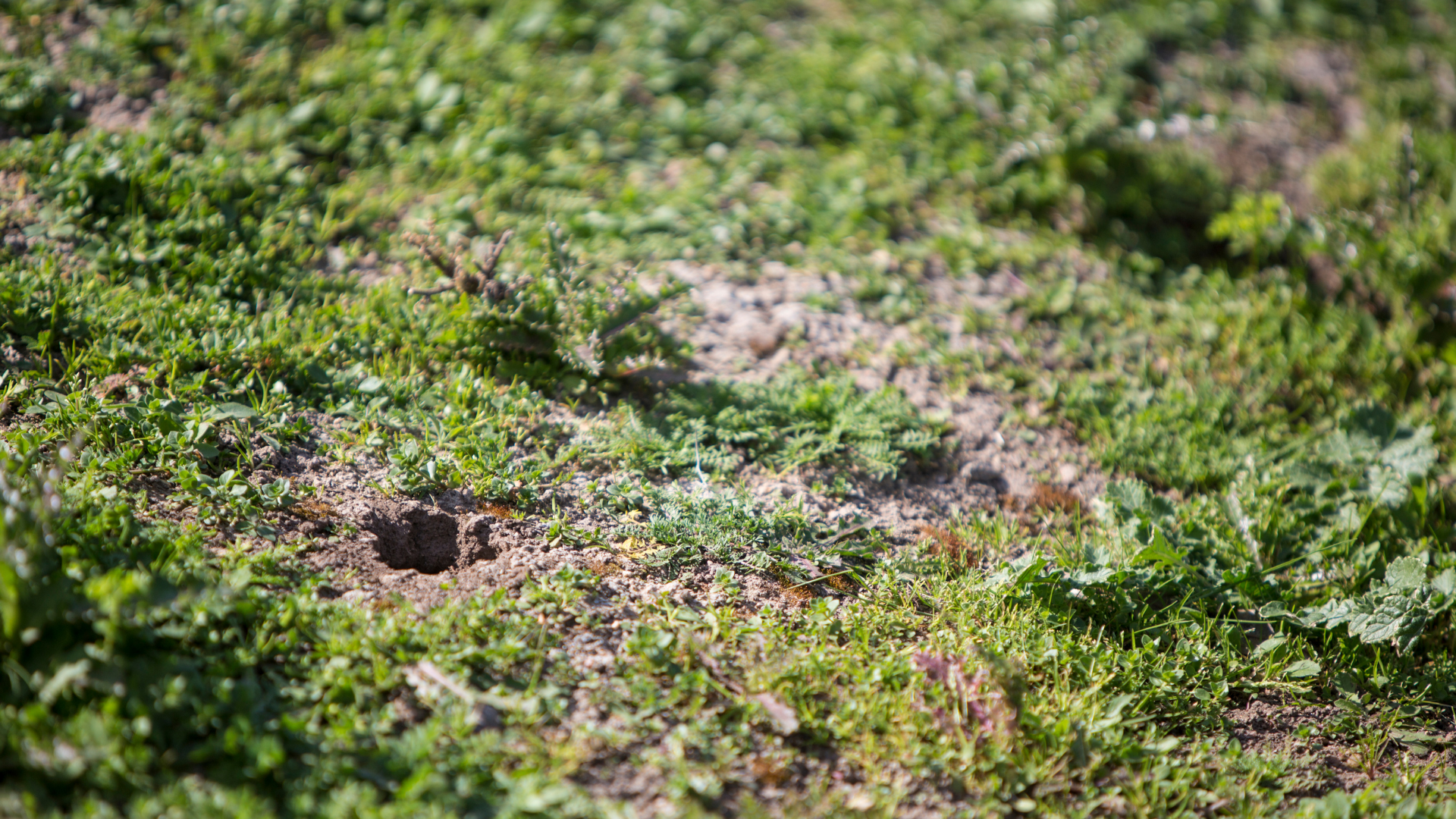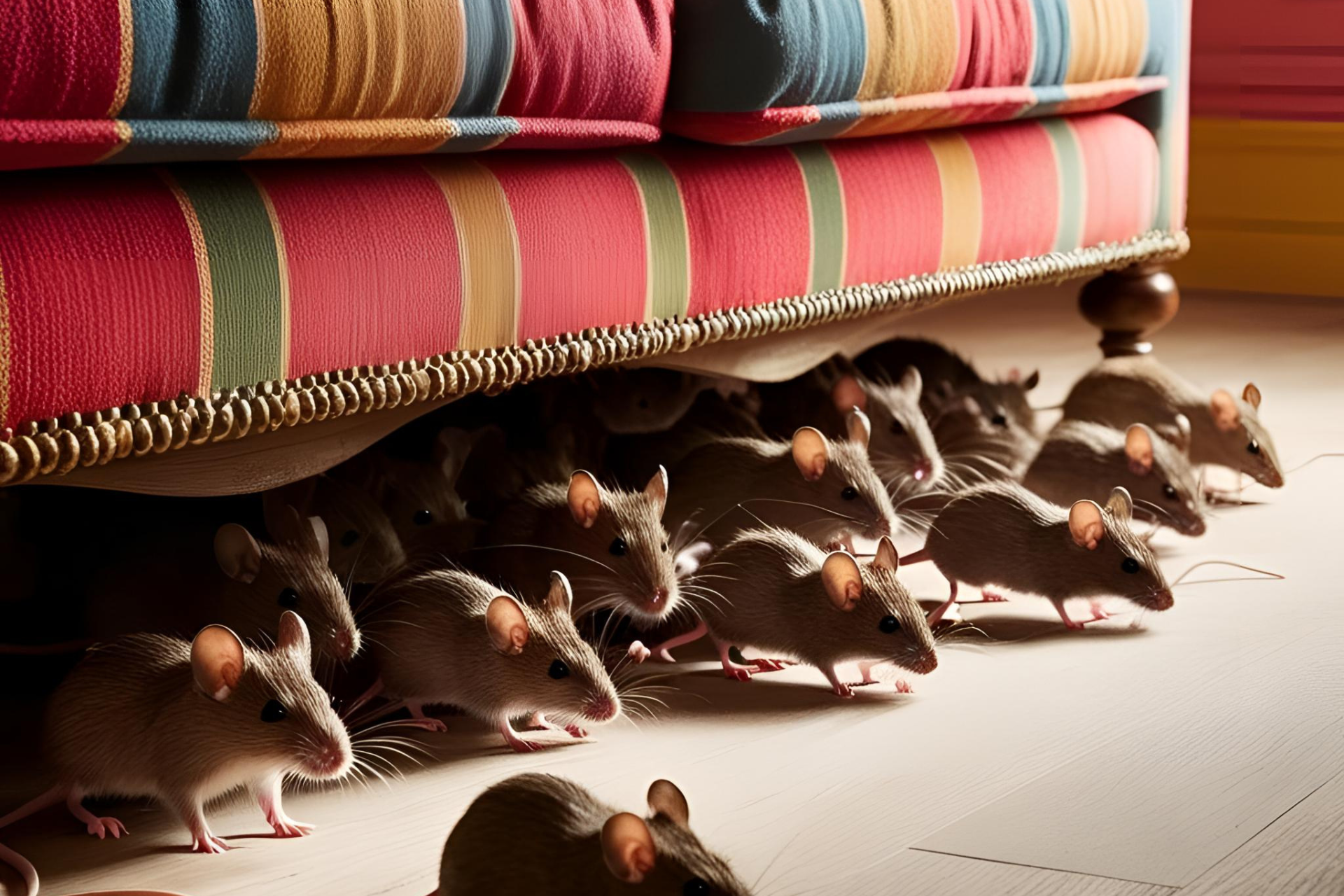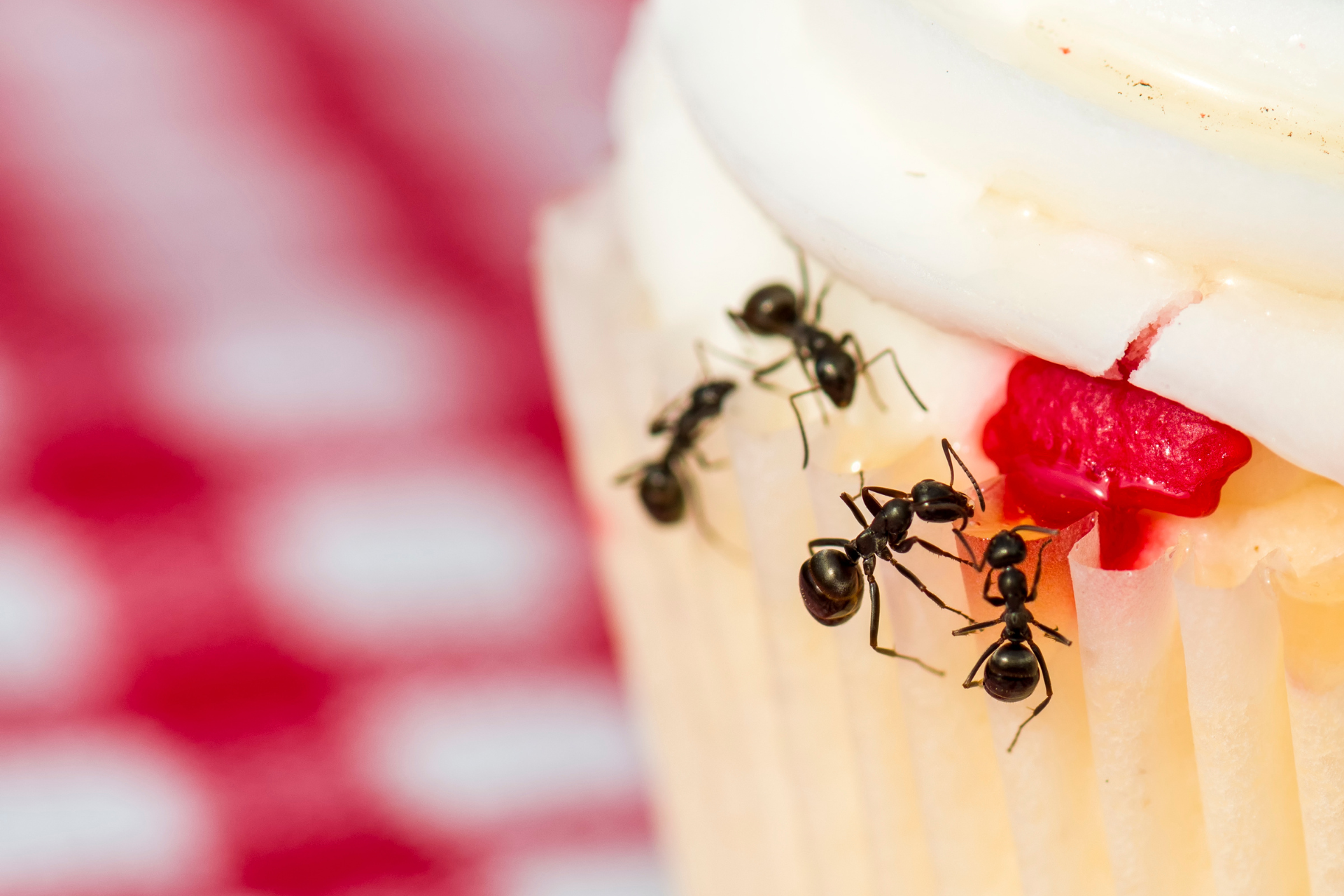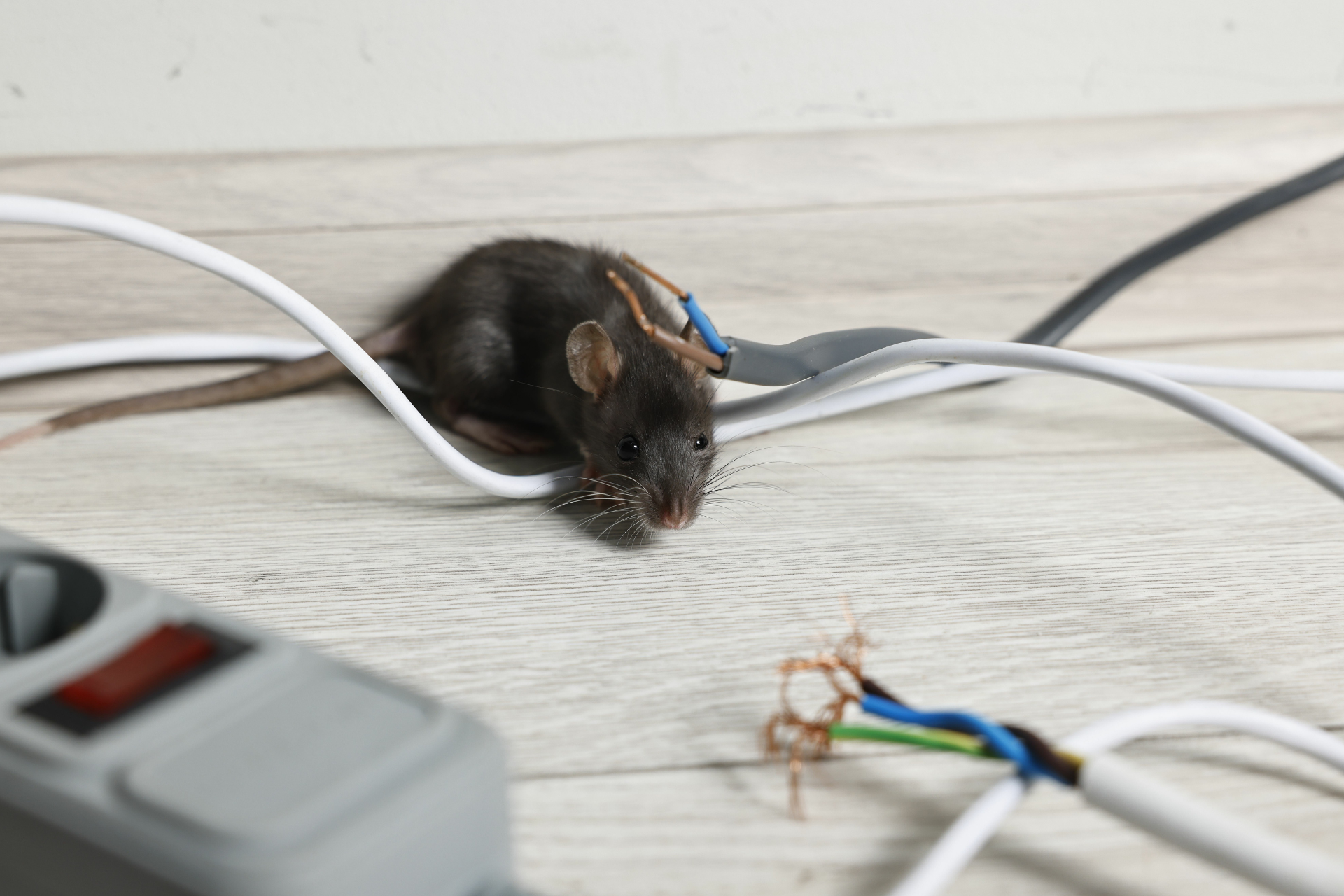What Is Integrated Pest Management?
Integrated Pest Management (also known as IPM) is a multi-faceted approach to managing pest populations. If you haven’t heard of the acronym before, it may sound like a fancy, high-tech way of getting rid of pests, but it has been around for hundreds of years. Integrated Pest Management is used by farmers, gardeners, homeowners, and pest control professionals. IPM is a proactive and holistic approach to pest management. When possible, it’s about taking steps to prevent pest invasions before they happen.
The three basic steps for using IPM for the home are inspection, identification, and treatment. It’s a combination of applying scientific principles with common solutions. IPM incorporates biological and environmental considerations — as well as available technology to prevent pest damage or pest infestation. Integrated Pest Management aims to reduce pest problems while minimizing risk to people, property, and the environment.
It helps to remember that many critters we think of as “pests” are often harmless. Some of them can even be beneficial to the ecosystems they live in. Therefore, chemical treatment is often viewed as a last resort in IPM. For example, a gardener growing vegetables for personal consumption can try other IPM steps to make the garden a less hospitable place for pests before resorting to pesticides. Before planting the garden, when the soil is tilled, it can expose buried larvae, which often dry up. Once planted, keeping the area around plants hand-weeded can reduce humidity, increase airflow, and give pests fewer places to hide and thrive. Hanging bird boxes near the garden can increase the natural predation of pests and let nature do some of the work for you. There is an endless array of agricultural, residential, and horticultural applications for IPM.
An inspector can determine the presence of pests or their potential to migrate into your home. A professional will look for signs of previous infestation, droppings, and signs of nesting, such as hives or webs. They can also identify physical risk factors for future infestations and take corrective measures before it becomes problematic. An inspection might reveal cracks where pests could enter the home or conditions like dampness and humidity, which provide an ideal place for insects, spiders, mice, and other pests to live.
Knowing a pest’s specific biological and environmental habits and behaviors is the first step to managing its presence. If pests are found, correct identification is the next step. There are a variety of online resources that can help you correctly identify household pests, or you can reach out to a trusted local pest management company that uses IPM principles, like 101 Gopher & Pest Control. Once the pest has been properly identified, a treatment plan can be formulated, and steps can be taken to reduce or eliminate its presence.
Insects, mice, and other pests can enter your home through the tiniest cracks. Some homeowners assume that the presence of pests automatically requires a chemical response. While that may sometimes be necessary to mitigate the problem, taking non-chemical IPM steps can make your home less appealing and harder to penetrate for these unwanted houseguests. Often, reducing pest populations can be achieved by sealing cracks around the exterior and interior of your home. Since these openings are so small, they can be hard to spot. Inspectors check for gaps near windows and doors and look for small holes near piping, vents, wiring, and other areas. Additionally, making some simple changes to the landscaping and exterior surrounding the perimeter of your home can also make it less inviting for pests. Trimming shrubs, cutting branches away from roofs, and reducing clutter like piles of wood, brush, or rocks will open things up and remove nesting and hiding spots that pests like to use.
Homes that provide an easy food and water source for pests have a much higher likelihood of experiencing pest control issues. Keeping counters clean and free of food residue takes away the food source. Fixing leaky faucets, addressing poor outdoor drainage, and controlling the humidity inside the home helps remove inadvertent water sources for pests.
Our team of experts offers a wide range of residential and commercial pest control solutions. Contact us today for an estimate.

